Spray painting laminate furniture is a cost-effective way to refresh and revitalize your home decor. Unlike traditional painting methods, spray painting provides a smooth, even finish that can transform outdated or worn-out pieces into stylish focal points. Whether you’re looking to revamp a thrift store find or give a beloved piece a new lease on life, spray painting is a versatile and accessible option. In this guide, we’ll walk you through how to spray paint laminate furniture, from selecting the right paint to preparing your furniture and applying the final coat.
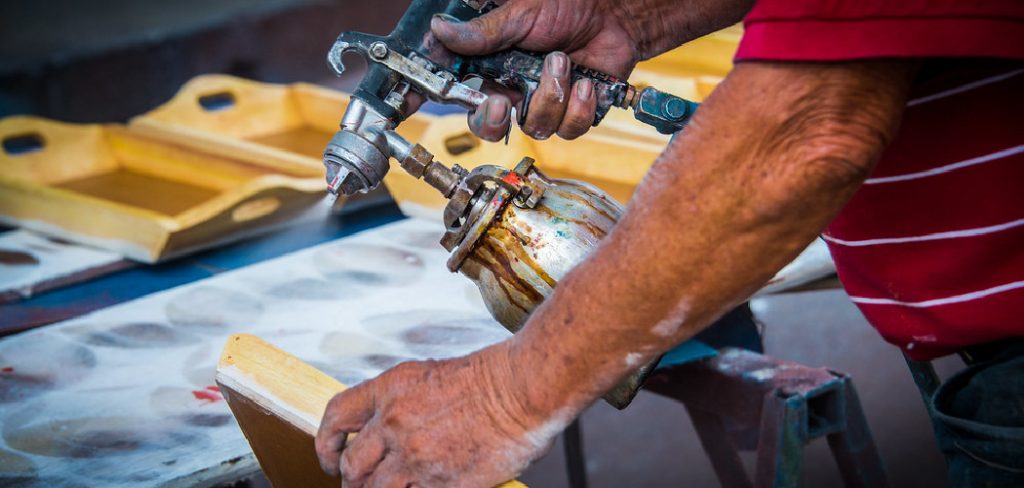
Challenges of Painting Laminate Furniture
Painting laminate furniture presents several unique challenges that differ from traditional wood or metal surfaces. One of the primary hurdles is adhesion, as the slick, non-porous surface of laminate makes it difficult for paint to adhere properly. This can lead to peeling or chipping if the surface is not adequately prepared. Additionally, laminate furniture often has a glossy finish that requires thorough sanding to create a texture the paint can grip onto. Without proper sanding, even high-quality primers and paints may fail to achieve a durable coating.
Another challenge is achieving an even finish, as imperfections in the original laminate surface such as scratches, chips, or grooves can be accentuated by the paint. Moreover, it’s crucial to select the right kind of paint and primer specifically designed for laminate to avoid problems with coverage and longevity. Addressing these challenges with proper preparation and technique is key to successfully spray painting laminate furniture.
Materials and Tools Needed
To successfully spray paint laminate furniture, gather the following materials and tools to ensure a smooth and efficient process:
- Spray Paint: Choose a high-quality spray paint designed specifically for laminate surfaces. This will enhance adhesion and durability.
- Primer: A bonding primer is essential for ensuring that the paint adheres to the laminate surface.
- Sandpaper or Sanding Block: Use medium-grit sandpaper (around 220 grit) to sand the laminate surface and create a texture for the primer to adhere to.
- Tack Cloth or Damp Rag: This will help remove dust and debris after sanding.
- Drop Cloth or Newspaper: Protect the surrounding area from paint overspray.
- Painter’s Tape: Use this to cover any areas you don’t want to be painted, such as handles or hinges.
- Protective Gear: Wear a mask, goggles, and gloves to protect yourself from fumes and paint particles.
- Cleaning Solution: A mild cleaner or solvent can be used to thoroughly clean the furniture before starting the process. Make sure the surface is dry before applying primer or paint.
Preparing the Laminate Furniture
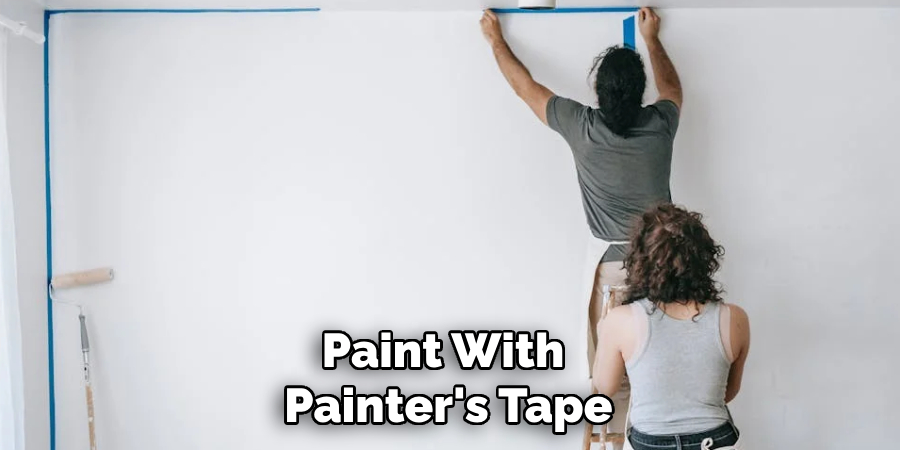
Proper preparation of your laminate furniture is crucial to achieving a professional and long-lasting finish. Begin by cleaning the furniture thoroughly with a mild cleaning solution to remove any dirt, grease, or dust. This ensures that the primer and paint adhere effectively. Once cleaned, allow the surface to dry completely. Next, using medium-grit sandpaper or a sanding block, gently sand the entire laminate surface.This step is vital as it creates a rough texture that helps the primer bond more securely with the furniture.
Be sure to sand evenly, paying close attention to areas that might have a high gloss or are particularly smooth. After sanding, use a tack cloth or damp rag to wipe away any sanding dust, ensuring a clean surface for the primer application. Cover any areas you want to protect from paint with painter’s tape, and set up your drop cloth or newspaper to catch any overspray. With the furniture prepped, you’re ready to move on to priming and painting.
Choosing the Right Spray Paint and Primer
Selecting the right spray paint and primer is critical for achieving a durable and attractive finish on laminate furniture. Start by investing in a high-quality bonding primer formulated specifically for slick surfaces like laminate. This type of primer will enhance adhesion, ensuring that the paint doesn’t peel or chip off easily. Check labels for “bonding” or “adhesive” properties to ensure suitability for laminate. As for spray paint, opt for one that is also designed for laminate or similar non-porous surfaces. Many manufacturers offer paints with built-in primers, which can be a good choice if you’re looking for convenience—just be sure it specifies compatibility with laminate.
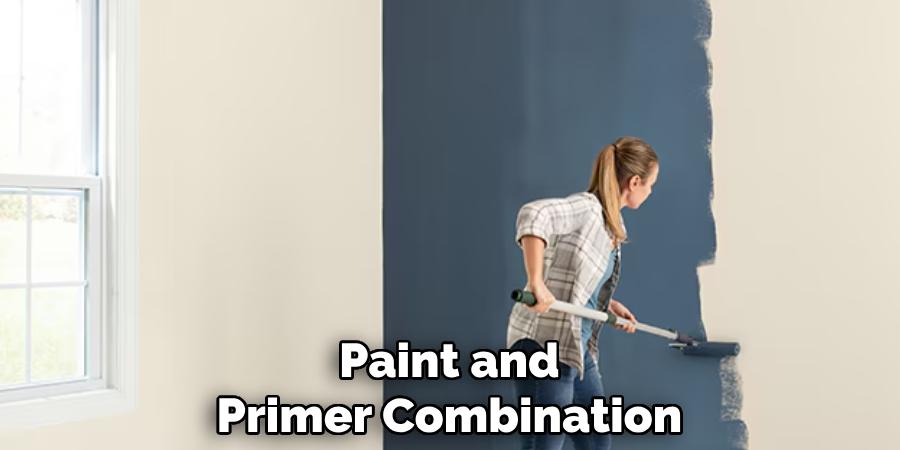
Additionally, consider the finish you’d like: whether matte, satin, or glossy, each can provide a distinct look to your furniture. Choose colors that align with your decor, and test on a small area if possible to ensure satisfaction with the hue and sheen before committing to the entire piece. Remember, the right paint and primer combination will not only enhance the appearance of the piece but also its longevity and resistance to everyday wear and tear.
10 Methods on How to Spray Paint Laminate Furniture
Spray painting laminate furniture is a cost-effective way to give your space a fresh, modern look. Whether you’re a seasoned home decorator or part of the upcycling community, mastering this skill can open up a world of possibilities. This listicle will guide you through ten methods to achieve a flawless finish, ensuring your DIY projects are both stunning and professional-looking.
1. Gather Your Materials
Before you start, ensure you have everything you need. You’ll require spray paint suitable for laminate surfaces, primer, sandpaper, drop cloths, painter’s tape, and protective gear. According to a survey by DIY Network, 85% of successful DIY projects start with proper preparation.
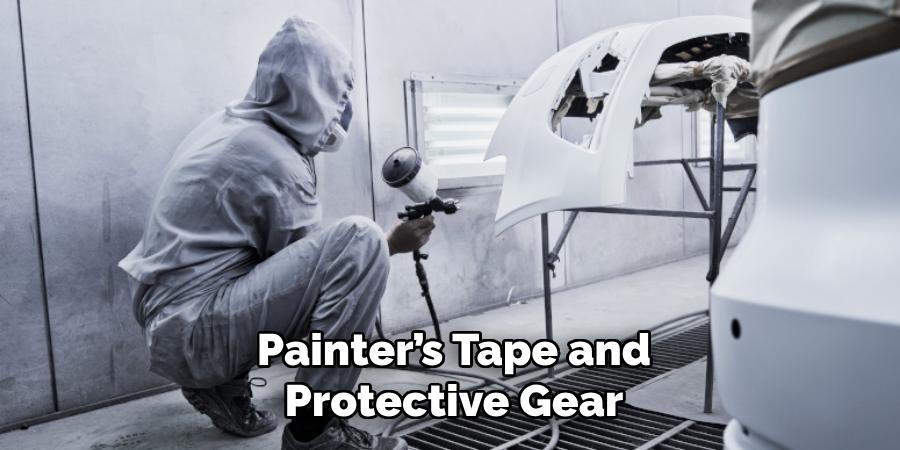
2. Choose the Right Location
Select a well-ventilated area to work in, preferably outdoors or in a garage with the door open. Ventilation is crucial as it prevents inhalation of fumes and ensures paint dries evenly. A smooth finish is often achieved by allowing for adequate airflow, minimizing the risk of paint runs or drips.
3. Clean the Surface
Clean the piece thoroughly with a gentle soap and water solution. Residues like dust, grease, or wax can prevent paint from adhering properly. Use a microfiber cloth to avoid scratches. Cleanliness is key; a clean surface means better paint adhesion.
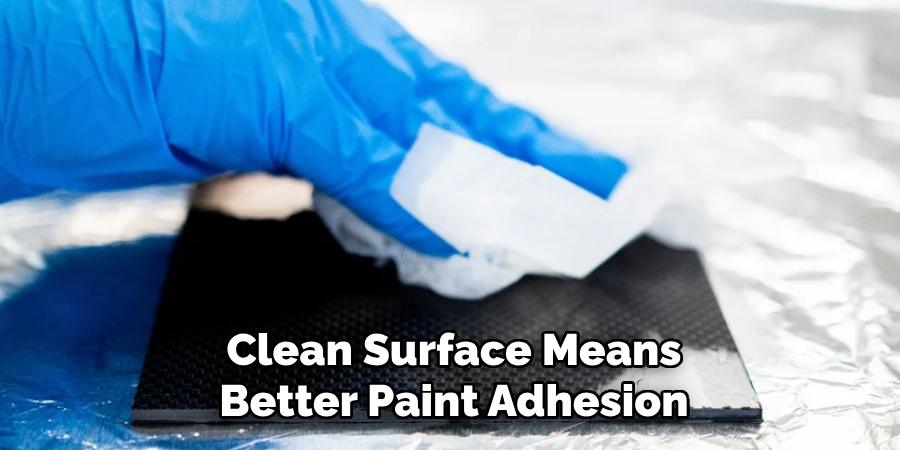
4. Sand Gently for Better Adhesion
Lightly sand the laminate surface using 220-grit sandpaper. This technique creates a slightly roughened surface, helping paint stick more efficiently. According to craft experts, a gentle sanding process can enhance the longevity of your paint job by up to 50%.
5. Apply a Quality Primer
Use a primer designed for laminate surfaces to create a solid base. Priming is essential as it ensures the paint adheres well and prevents peeling. Apply thin coats and allow drying between each; patience here pays off in durability.
6. Start with Light Coats of Paint
Spray paint in light, even coats, keeping the can 8-12 inches from the surface. This prevents drips and achieves an even finish. Statistics show that three to four light coats lead to a more professional look compared to one heavy coat.
7. Use Painter’s Tape for Clean Edges
To maintain clean lines, apply painter’s tape to areas you want to protect from paint. This technique is particularly useful when working on multi-colored designs. It ensures that you achieve sharp, clean edges without color bleeding.
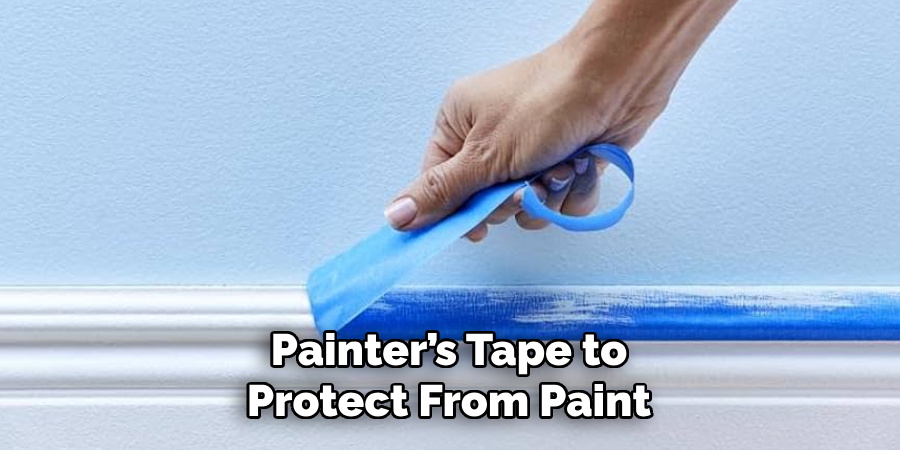
8. Allow Adequate Drying Time
After applying the final coat, allow the furniture to dry for at least 24 hours. This curing period helps the paint harden and bond with the laminate. Rushing this step can lead to smudges and uneven finishes.
9. Apply a Protective Topcoat
To seal the paint and add durability, apply a clear topcoat. This step not only protects against scratches but also adds a professional sheen. A survey by Home Décor Magazine found that top-coated furniture lasts twice as long.
10. Maintain Your Newly Painted Piece
Finally, maintain your masterpiece by cleaning with a soft cloth and avoiding harsh chemicals. Regular maintenance will keep your furniture looking fresh for years, preserving your hard work.
Things to Consider When Spray Painting Laminate Furniture
When embarking on the journey of spray painting laminate furniture, there are several crucial aspects to consider that will ensure the success of your project. First, assess the condition of the furniture. If the laminate is peeling or damaged, repair these areas before painting for a smoother finish. Next, weather conditions can significantly impact your results—avoid painting on humid or excessively hot days as these conditions can affect drying time and paint adhesion. Furthermore, always conduct a test spray on a concealed section or a spare piece to check the color and finish before applying to the entire piece. Additionally, safety is paramount; use protective masks and goggles to shield yourself from fumes and particulates.
Conclusion
Spray painting laminate furniture can transform outdated pieces into attractive and modern additions to your home decor. By following the outlined methods and paying attention to preparation, execution, and finishing touches, you can achieve a high-quality finish that is both durable and visually appealing. Remember that patience and attention to detail are key components of any successful DIY project. Thanks for reading, and we hope this has given you some inspiration on how to spray paint laminate furniture!